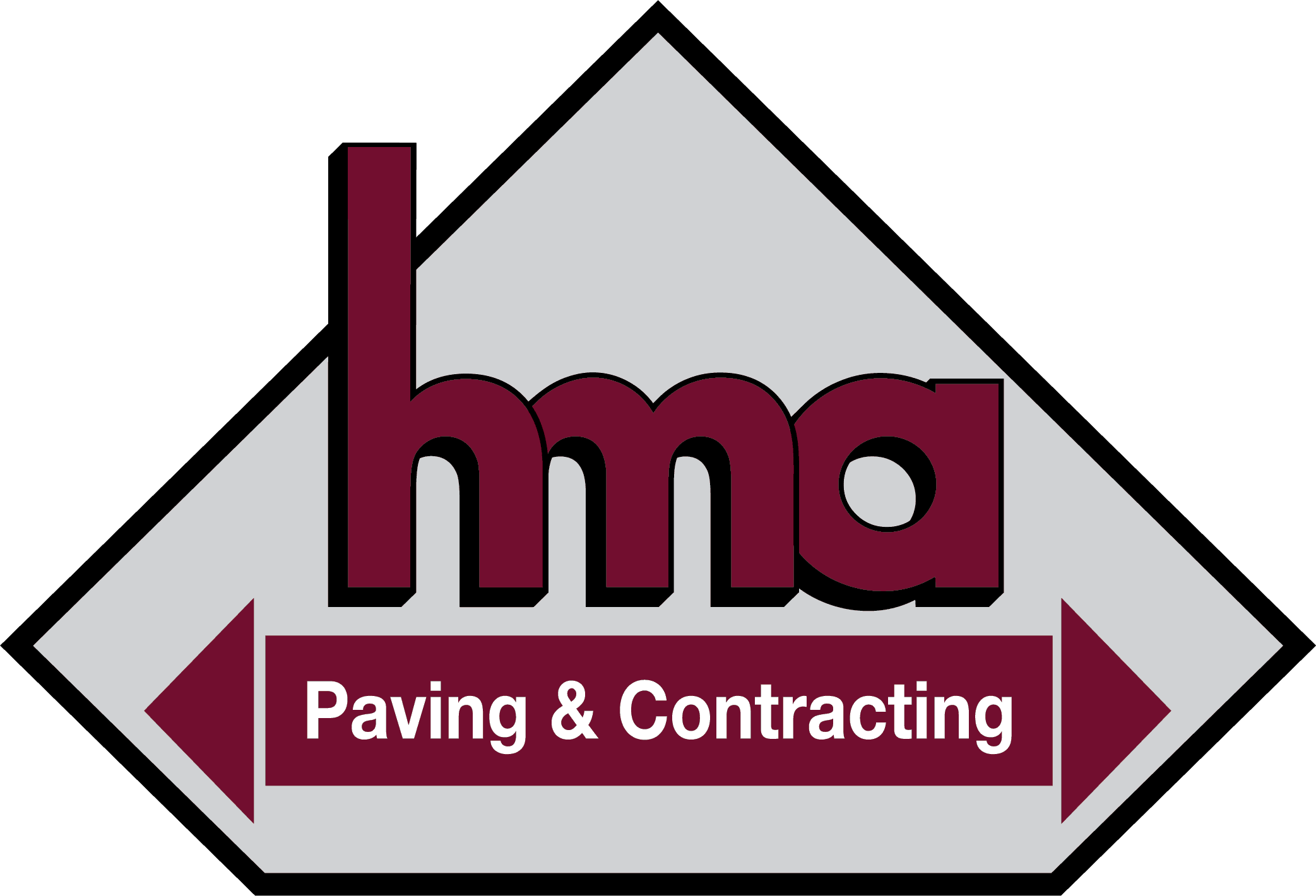Construction workers make up only 6 percent of the total workforce, but they are involved in more than 20 percent of all work-related fatalities. Trenching accidents directly related to excavation work account for almost 200 deaths annually. Construction workers are buried, and they die from suffocation. It is almost impossible to escape once a cave-in occurs because soil weighs about 100 pounds per cubic foot.
Investigations indicate that improper planning, failure to recognize potential safety problems, and/or the lack of a formal excavation plan are the primary accident causes. Unsafe placement of spoil pile, operating equipment too close to the edge of a trench, improper shoring, failure to provide safe access and egress to the work area, and lack of adequate emergency rescue equipment are major contributing factors. In many cases, workers are not aware of the hazard potential or are not properly trained to identify safety issues.
- Protect Yourself
Do not enter an unprotected trench! Trenches 5 feet (1.5 meters) deep or greater require a protective system unless the excavation is made entirely in stable rock. Trenches 20 feet (6.1 meters) deep or greater require that the protective system be designed by a registered professional engineer or be based on tabulated data prepared and/ or approved by a registered professional engineer. - Protective Systems
There are different types of protective systems. Sloping involves cutting back the trench wall at an angle inclined away from the excavation. Shoring requires installing aluminum hydraulic or other types of supports to prevent soil movement and cave-ins. Shielding protects workers by using trench boxes or other types of supports to prevent soil cave-ins. Designing a protective system can be complex because you must consider many factors: soil classification, depth of cut, water content of soil, changes due to weather or climate, surcharge loads (for example: spoil, other materials to be used in the trench) and other operations in the vicinity. - Access and Egress
OSHA requires safe access and egress to all excavations, including ladders, steps, ramps, or other safe means of exit for employees working in trench excavations 4 feet (1.22 meters) or deeper. These devices must be located within 25 feet (7.6 meters) of all workers. - Conclusion
Work inside open trenches is seldom regarded as work in a confined space until emergency escape is necessary. Potential safety hazards must be more readily recognized before work begins, and all workers must know the precautions needed to prevent accidents.
